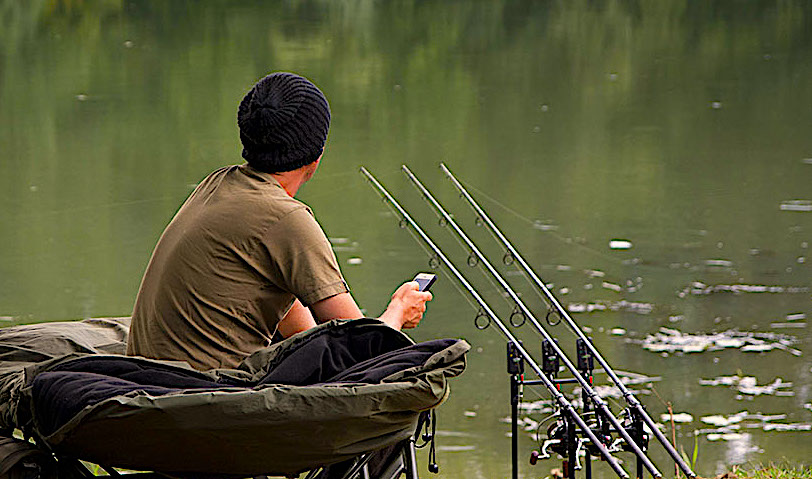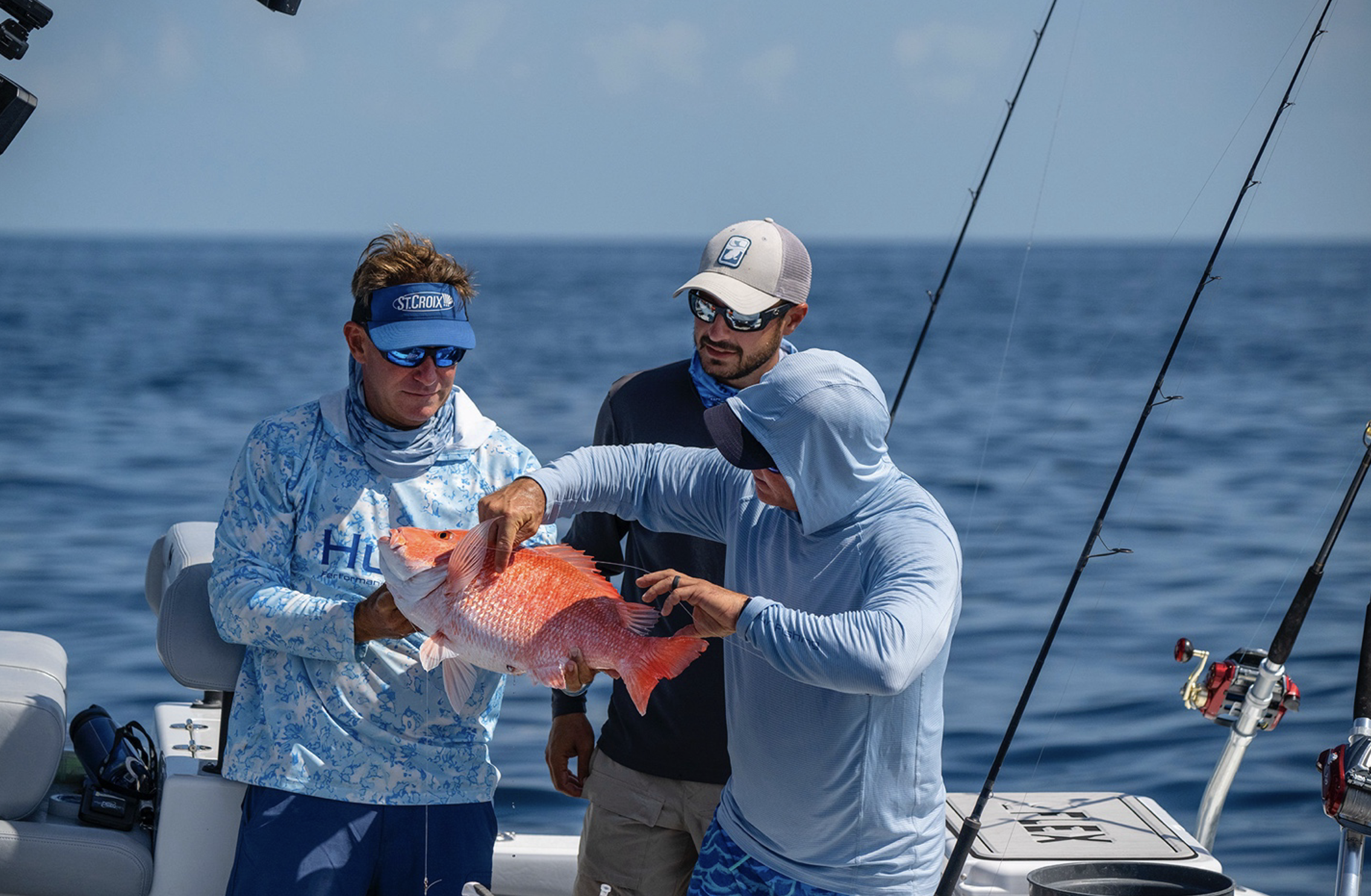Can Angler Reports Give Us a Better Understanding of Fisheries?

New research suggests that you and your smartphone might be the keys to addressing gaps in information about fish stocks.
BY SARA MIRABILIO
Get a new fishing rod over the holidays? Or the latest smartphone? You may be the solution to improving information for fisheries management through collaborative science.
Research Need
Determining the status of fish stocks in data-poor environments and in fisheries with many species is challenging. Fishery managers are struggling with ways to expand recreational data collection programs with limited resources.
However, the public could help fill data gaps for fisheries management. Smartphone applications, for instance, offer a cost-effective alternative to traditional survey methods.
What did they study?
Researchers compared the merits and challenges of smartphone data collection versus traditional data collection for fisheries data collected from the island of Funen in Denmark. The research team compared sea trout data from a web page and smart phone app to independent traditional surveys: a roving creel survey, an aerial survey, and a recall survey.
The team compared data on catch, release, effort, and fish size, and also noted demographic information.
What did they find?
The team generally found agreement between data that people provided by smartphone and by traditional survey methods. For instance, the team estimated catch from one type of survey data at 24,483 fish, while the webpage/smart phone app resulted in a slightly lower estimate of 23,358. But, there was no statistical difference between approaches in estimating total catch.
However, the two approaches did generate different proportions of responses from foreign anglers, with the traditional survey drawing 37% of foreign respondents to a mere 3% from the smart phone/webpage approach.
Both approaches drew respondents about the same age, 48 years old (using the traditional survey) to 46.5 years old (using the webpage/smart phone method). Similarly, both approaches generated participation from an almost exclusively male pool of respondents (99.7% male for the traditional survey, 97% for the new approach).
So what?
These results demonstrate that data generated from an approach that capitalizes on smartphone and/or webpage technology for reporting has the potential to supplement traditional surveys or act as an alternative source of recreational fishing data altogether.
There was a high degree of similarity in the data from new and traditional approaches, despite some demographic differences among participants. The research team even observed that anglers were willing to report their zero catch trips using the new approach, information that is vitally important to capture for accurate characterization of the fish stock.
Reading
Gundelund, C.; Venturelli, P; Hartill, B.W.; Hyder, K.; Olesen, H.J.; and Skov, C. 2021. “Evaluation of a citizen science platform for collecting fisheries data from coastal sea trout anglers.” Canadian Journal of Fisheries and Aquatic Sciences. 78: 1576–1585.
Gundelund and Skov received financial support from the Danish Rod and Net Fish License funds. Skov and Olesen received funding from European Marine Fisheries Funds.
Lead photo by Team Korda via CC BY 2.o, CreativeCommons.org.
The text from Hook, Line & Science is available to reprint and republish at no cost, but only in its entirety and with this attribution: Hook, Line & Science, courtesy of Scott Baker and Sara Mirabilio, North Carolina Sea Grant.
- Categories:



